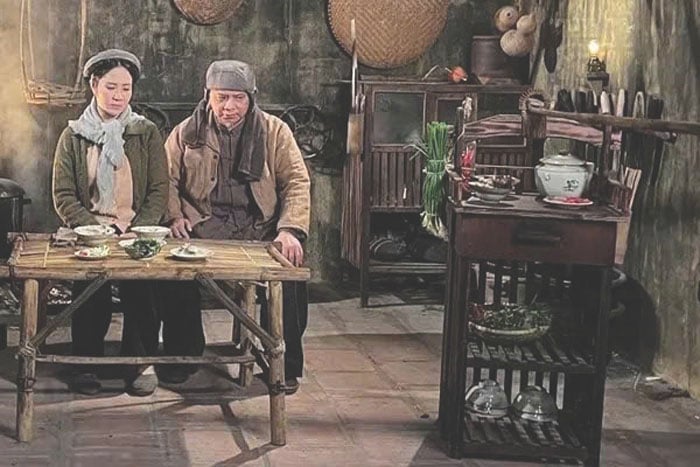 |
| Scene from the movie "Peach, Pho and Piano". |
Contemporary Vietnamese cinema lacks films about history, armed forces, and revolutionary war.
In the past, during the war and a few years later in the post-war period, Vietnamese cinema, both in the North and the South, focused on reflecting the war, of course from different perspectives, and in addition to feature films, there were also many valuable documentaries. However, in contemporary times, there are few films about historical themes or revolutionary wars.
If we talk about the great national holidays, then in the historical feature film about the national reunification day of April 30, apart from the film “Chien truong chia nao vang trang” (released in 1990) by the late director, People’s Artist Hong Sen, which made a splash and is considered a classic, some other films have not made an impression, including the film “Giai phong Sai Gon” (2005) by director Long Van. As for the Dien Bien Phu victory, apart from “Hoa ban do” (1994) by female director Bach Diep and “Ky uc Dien Bien” (2004) by Do Minh Tuan, there are no notable films. Regarding the recent war theme, we can mention the film “Binh minh do” (Red Dawn) by the duo of directors, People’s Artist Nguyen Thanh Van and Tran Chi Thanh, set after Tet Mau Than in 1968, about female youth volunteers driving on the Truong Son route. The famous film “Peach, Pho and Piano” by director Phi Tien Son was inspired by history to talk about the fate and personality of people in the war, not a historical film in the true sense. If talking about the resistance war against French colonialism in the early days, the film “ Hanoi in the winter of 1946” (1997) by director Dang Nhat Minh is still considered a classic and to this day no film has surpassed it. Most recently, the film “Tunnel” by director Bui Thac Chuyen was considered a great success in both revenue (172 billion VND) and artistic quality, but it was also the only film about the war released on the occasion of the 50th anniversary of the country's reunification.
So what is the reason why films about history, armed forces, and revolutionary wars are scarce in contemporary times? Looking at some other countries with strong film industries such as China, Korea in Asia or the US, UK, France, etc., we can see that historical films, whether in the field of cinema or television, are invested in elaborately, from scripts to props, settings, and there is no shortage of human resources. But in Vietnam, those factors are lacking.
First, there is the issue of money for making films. Private film studios with a lot of capital are not interested in historical subjects, armed forces, and revolutionary wars. They prefer historical and costume dramas because they are easier to make and attract a larger audience in the current context of Vietnamese cinema. Therefore, most films about war and revolution are commissioned and invested by the state. As for private film studios, even if they want to make them, the problem is: the investment is expensive, but will the revenue be as expected?
Second is the issue of film human resources. Directors need to be good and screenwriters also need talent and understanding to have a good script. If you write a script for a historical film, armed forces, revolutionary war without understanding history, without researching documents, contacting, meeting living witnesses... to have a multi-dimensional and multi-faceted view, you will also fall into a situation where the audience reacts when they discover incorrect knowledge about history. No matter how fictionalized history is, it is still a big challenge for filmmakers, because they cannot bring the original historical reality to the film as an illustration. Moreover, although the director himself makes a film about the past, the film must touch and connect with today's audience in order to expect the public to respond to the film.
The current cast itself is also not able to meet the requirements of historical films, armed forces, and revolutionary wars. If you find an actor to play a normal character, it is still easy. But finding an actor to play a leader, a leader, a famous historical figure, etc. is very difficult. Making up to look similar is only one step, the important thing is that the actors must have the same demeanor, temperament, and style as the historical figures, and at the same time, must be suitable for the character image as in the wishes and thoughts of the cinema audience.
Third, the problem of studios and technical infrastructure when making historical films, armed forces, and revolutionary wars is still a difficult problem for Vietnamese cinema. Making historical films, armed forces, and revolutionary wars requires building studios and cannot just rely on available scenery. Vietnam is lacking international standard studios and this is a big difficulty for making historical films. Not to mention, from costumes to props in war films also require a large budget if they want to be standard and suitable for the historical period. The current state of Vietnamese cinema is that the roles of directors, screenwriters, and actors are noticed and honored, but few people care about the silent team behind each film, from set designers to costume designers, from sound engineers to special effects artists... They do not have high incomes, so few people can invest in their expertise.
Perspective from State policy
The Vietnamese State's viewpoint on culture has always emphasized the "mass" factor, since the "Cultural Outline" was born in 1943 until the Strategy for the Development of Vietnam's Cultural Industries. According to Decision No. 1755/QD-TTg of the Prime Minister : Approving the Strategy for the Development of Vietnam's Cultural Industries to 2020, with a vision to 2030, cinema is considered a key industry to focus on development because of its inherent advantages and potential. According to the Strategy for the Development of Vietnam's Cultural Industries, the cinema industry achieved a revenue of 250 million USD, equivalent to more than 6,000 billion VND and cultural industries accounted for 7% of the country's GDP. Thus, high revenue proves that films are suitable for the tastes of the majority of the general public and are also a content of the Strategy for the Development of Vietnam's Cultural Industries. And the market film industry has so far met the requirements in terms of revenue quite well. The market film genre exists for a reason and its existence itself is feeding the film industry in Vietnam.
That said, we can see that the entertainment film genre of mass nature, intended for the majority of audiences, is still a mainstay in the Vietnamese film market. However, if we are satisfied with the present and continue to be like this, it means that Vietnamese cinema will stand still, develop in one direction, and audiences will not have many opportunities to watch films about history, armed forces, and revolutionary wars.
Therefore, in the effort to do business, we cannot help but pay attention to the balance between proper state management and private development in the film market, so that Vietnamese cinema can truly flourish and have good films about historical subjects, armed forces, and revolutionary wars.
Solution to the question: What is needed to make films about history and war today?
From the films “Peach, Pho and Piano” by director Phi Tien Son and “Tunnel” by director Bui Thac Chuyen, it can be seen that the political film genre, inspired by history, referring to the armed forces and revolutionary war is still well-received by the audience and if there is a good promotion strategy, the work will not only reach the public, but also generate revenue for the state and investors. The above films are popular with the public thanks to a factor that always makes many films about historical and revolutionary war popular if they are exploited well: National spirit! Patriotism and national spirit are never-old themes in literary and artistic works in general and cinema in particular. Many films in the world have become classics, box office phenomena or have won many prestigious awards thanks to the good and reasonable exploitation of this theme.
However, the funding mechanism for state-funded films still has many loopholes. Specifically, there is absolutely no funding for film distribution and promotion. Should we supplement, update, and adjust regulations so that films made with state funds have the conditions to be released in theaters? Competent authorities themselves also need to create favorable conditions for this film genre to reach audiences. While there are no new regulations, it is necessary to apply some provisions in the Decrees or the Cinema Law on film dissemination to find a way out for state-funded films. For example, Decree No. 131/2022/ND-CP detailing a number of articles of the Cinema Law, in which Article 9 clearly states: “Vietnamese films must be shown in the cinema system, especially during film seasons celebrating major national holidays, serving political, social, and foreign affairs tasks at the request of competent state agencies.” In the long term, the state, specifically the Ministry of Culture, Sports and Tourism, together with the Cinema Department, must play a larger role. The film market share cannot be entirely in the hands of the private sector, but the state should also develop a theater system, and not just rely on the National Cinema Center.
Due to the remaining funding mechanisms for distribution, dissemination, and promotion, the immediate thing to do is for competent cultural and cinema authorities to actively work with private cinema complexes to screen historical and revolutionary war films. At the same time, historical and revolutionary war films can be screened for free or at low prices in high schools and universities, and for free in public places in remote areas and disadvantaged localities. Furthermore, putting films on sale on Vietnamese and international online entertainment platforms such as FPT Play, Netflix, etc. also needs to be done soon.
In the long term, the authorities themselves should also issue new regulations on distribution costs, profit sharing ratios with private film distributors on the distribution of state films and have practical and specific solutions as mentioned above, such as distributing films on domestic and foreign online entertainment platforms... Only then will the prejudice about making state films about history and revolutionary wars to be stored and not released gradually disappear, and the most important thing is to both serve the spiritual entertainment needs of the people in a legitimate way and not waste state budget resources.
The fact that the film "Tunnel" by director Bui Thac Chuyen was invested by the private sector with a production budget of about 55 billion VND shows that encouraging investors with socialized capital to start making films about history and war is completely feasible. While waiting for policy changes, in order to have more comprehensive solutions, it is necessary to encourage the private sector to make historical films and war films with preferential conditions. At the 1st Ho Chi Minh City International Film Festival in 2024, in the discussion "Developing Ho Chi Minh City Cinema", Mr. Nguyen Quang Thanh, Deputy Director of Ho Chi Minh City State Financial Investment Company (HFIC) said that Ho Chi Minh City will support film enterprises to borrow up to 200 billion VND in 7 years and without interest. Only loans over 200 billion VND will be considered interest. Besides, the government can also cooperate with private film studios to join hands to make historical and war films with a new dimension, from scale to setting, from human resources to material resources, from special effects to filmmaking thinking...
However, the most important thing is still the human factor. Making historical films and films about revolutionary wars requires talented people with good thinking. Thinking here is not only correct political and historical thinking, but also thinking quickly with today's life to breathe new life into historical and revolutionary war films. Contemporary filmmakers need to research and study previous historical and war films of Vietnam and the world, find their own way of making films, avoid falling into a rut, so that the films are truly attractive to the public. At the same time, relevant agencies should set up script writing competitions for historical and war films and film awards of the state, the Vietnam Cinema Association, the press or agencies... On the other hand, there should be a special prize to be awarded to films about historical and war themes. Only then can we create conditions for quality historical and revolutionary war films to be born.
While waiting for changes in mechanisms, cooperation, and investment in cinema from the State and socialized capital sources, the public should not be made to wait any longer. Vietnamese filmmakers need to start working within their capabilities because a comprehensively developed cinema cannot lack historical and revolutionary war films. And the public always needs good quality historical and revolutionary war films to improve their learning, understanding, and self-education.
Source: https://baothainguyen.vn/van-nghe-thai-nguyen/202507/dien-anh-viet-nam-duong-dai-thieu-vang-phim-ve-de-tai-lich-su-va-chien-tranh-vi-sao-va-nhu-the-nao-bb20c91/


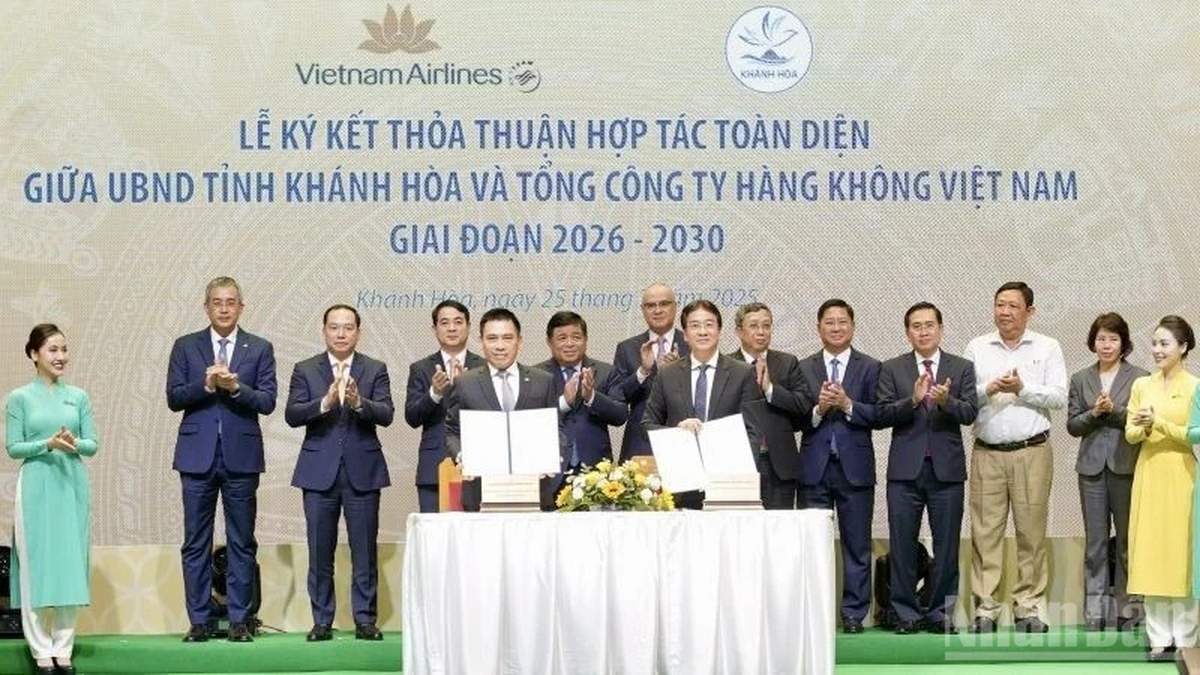


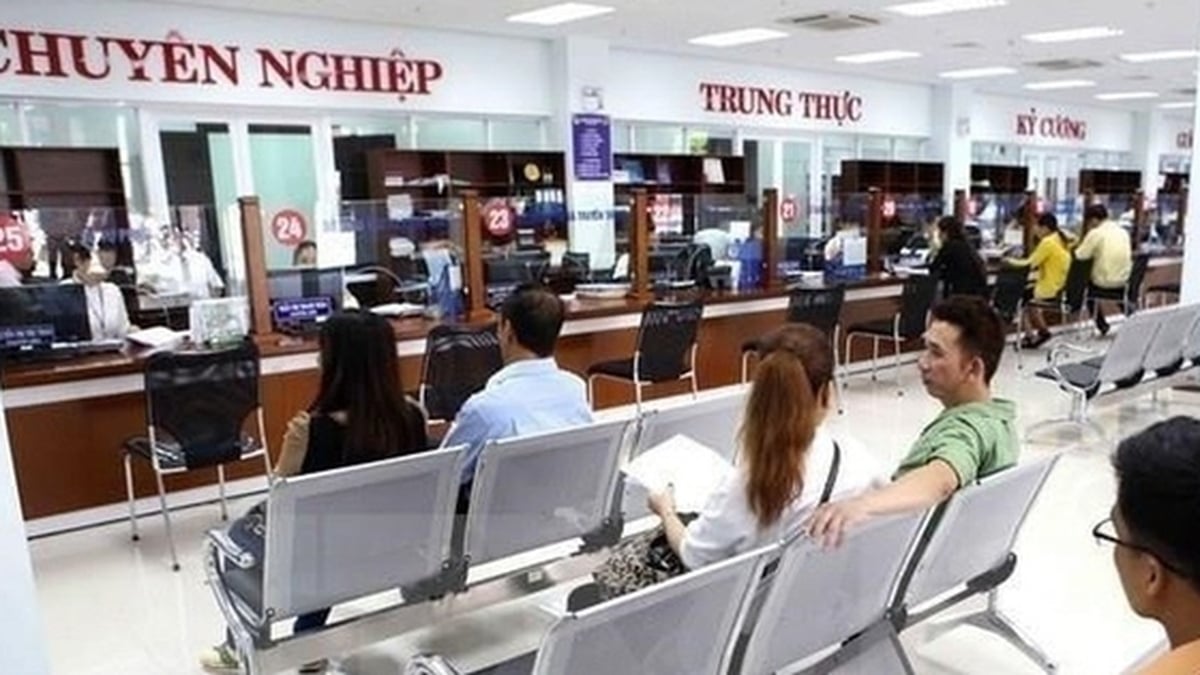
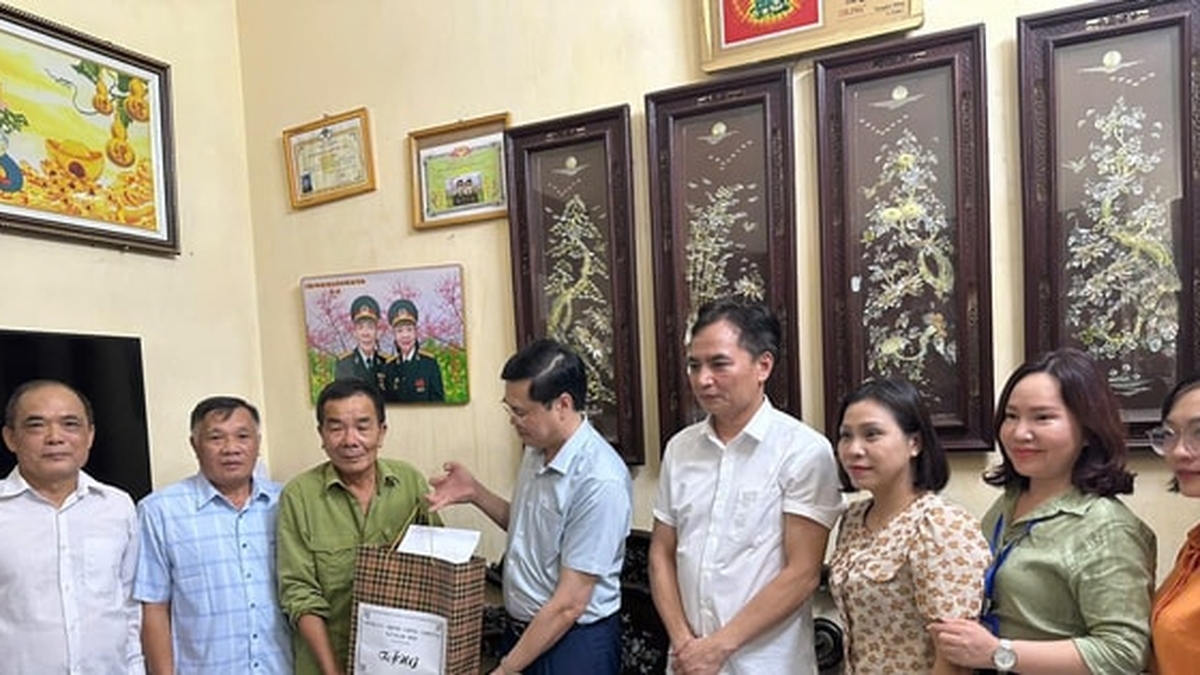


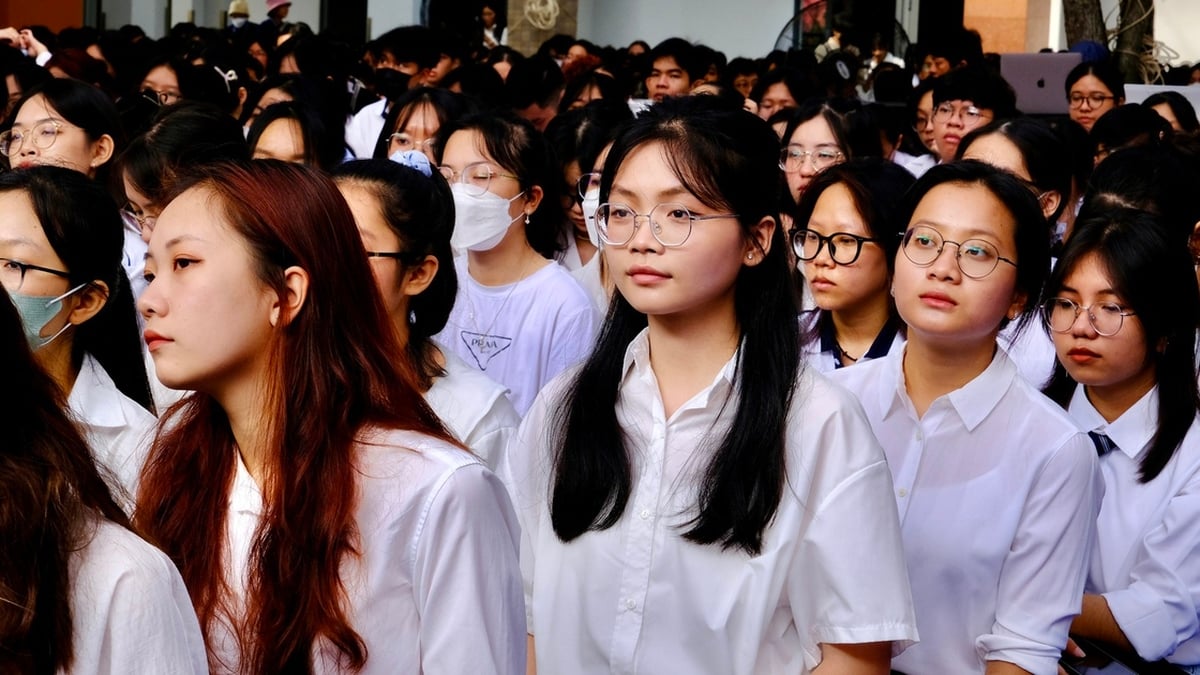

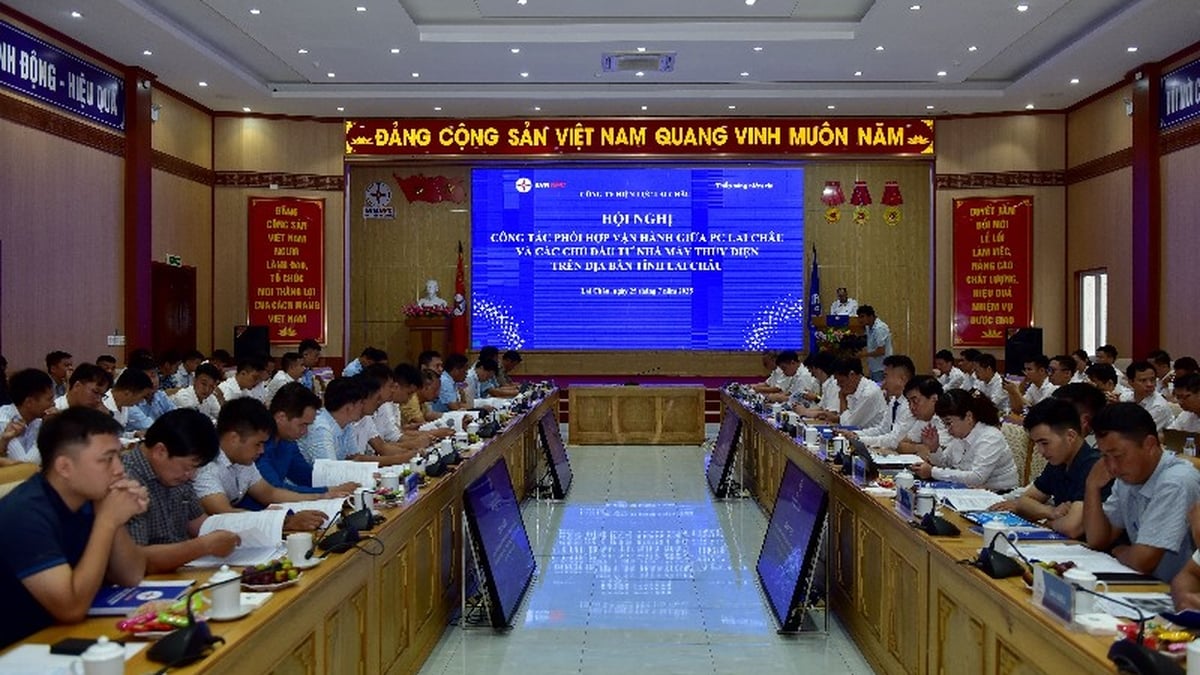












![[Photo] Signing of cooperation between ministries, branches and localities of Vietnam and Senegal](https://vphoto.vietnam.vn/thumb/1200x675/vietnam/resource/IMAGE/2025/7/24/6147c654b0ae4f2793188e982e272651)









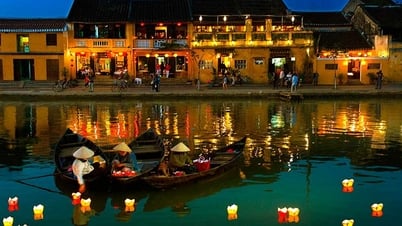



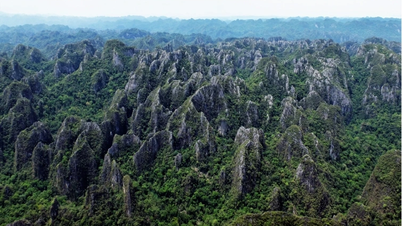

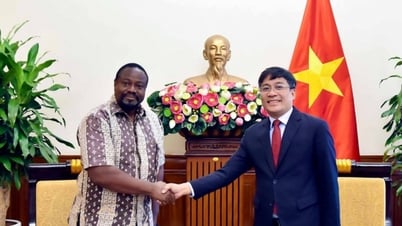
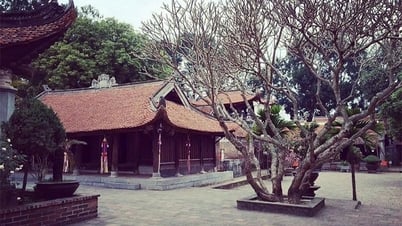





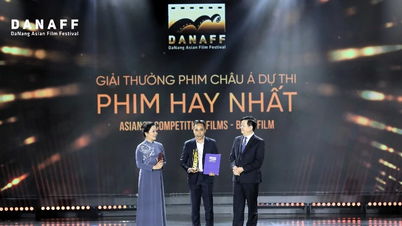


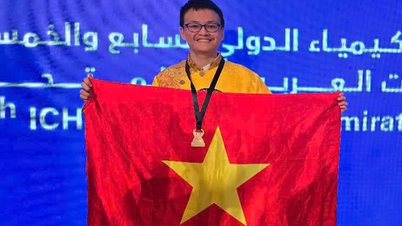

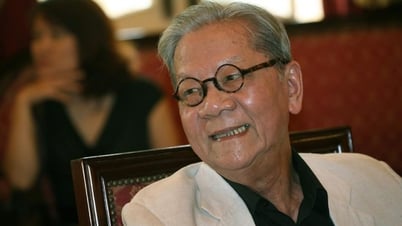








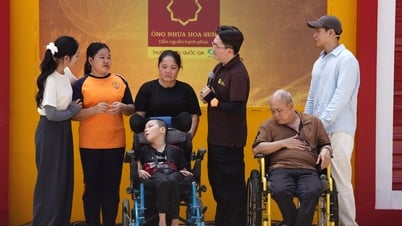

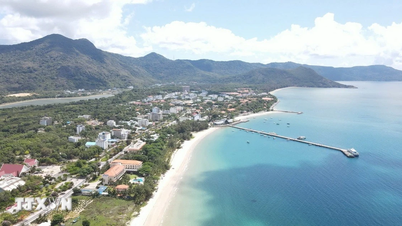
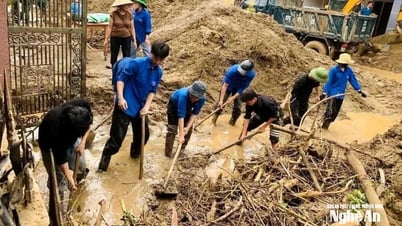






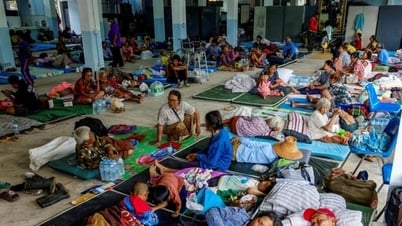




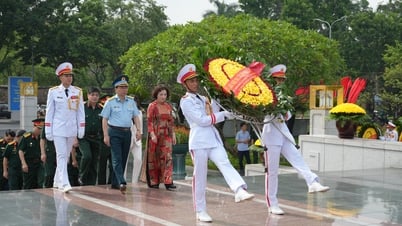

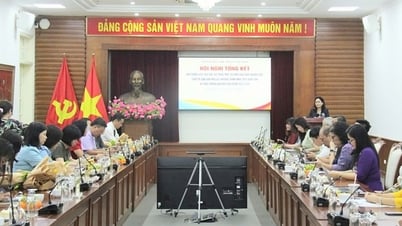


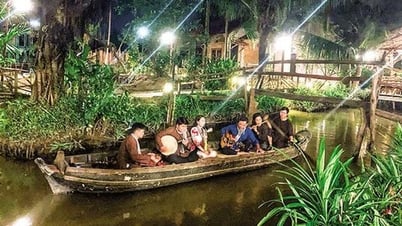






















Comment (0)